In Photos: 3,300-Year-Old Egyptian Carving
Egyptian carving
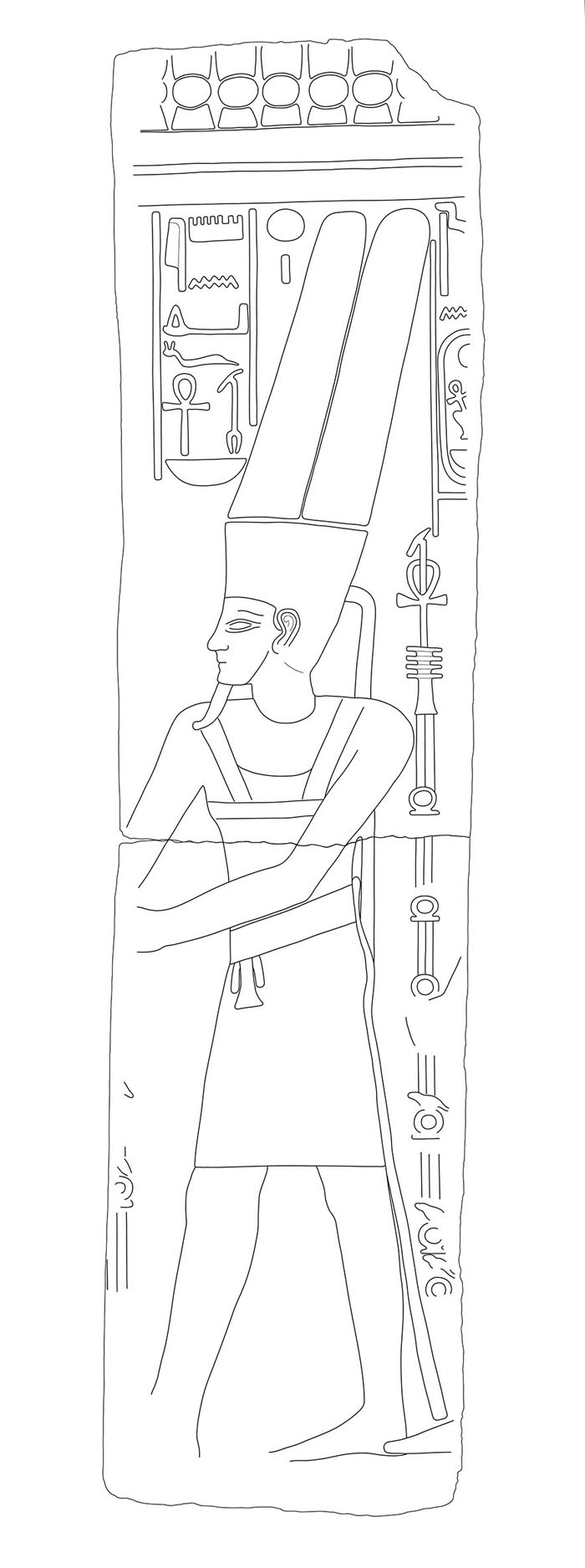
An Egyptian relief carving, a drawing of which is seen here, has recently been found in a tomb at the site of Sedeinga in Sudan. It depicts the god Amun, a key deity in ancient Egypt. Made of Nubian sandstone, it originally adorned a temple at Sedeinga dedicated to Queen Tiye (also spelled Tiyi). The carving is 5.8 feet (1.77 meters) tall by 1.3 feet (0.4 m) wide and was found in two pieces. It dates back over 3,300 years and bears the scars of an ancient religious revolution that upended Egypt's civilization. [Read full story]
Amun hieroglyph
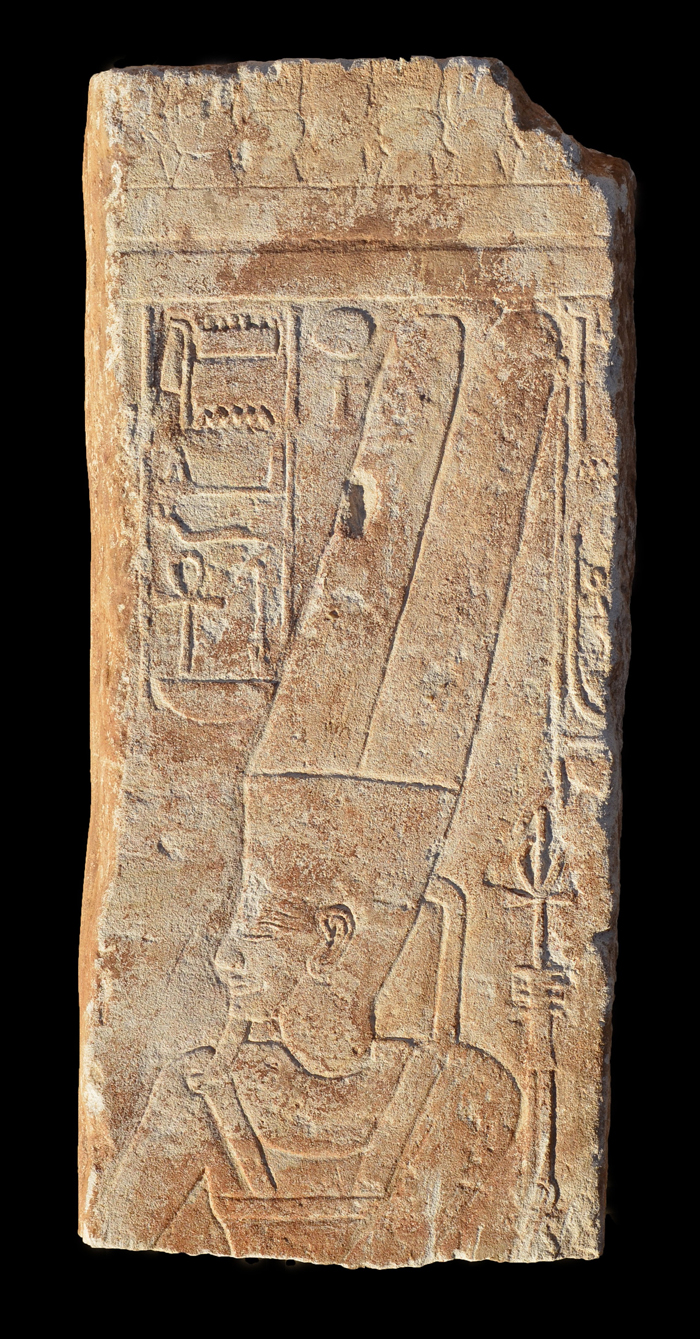
A photograph showing the upper part of the Egyptian carving. The hieroglyph of Amun (located at top left) and the god's face were hacked out on orders of pharaoh Akhenaten (reign 1353-1336 B.C) and were later restored. Akhenaten was a ruler who tried to focus Egyptian religion around the worship of the "Aten," the sun disk. In his fervor he had images and hieroglyphs of Amun, a key Egyptian god, destroyed throughout the territory Egypt controlled. [Read full story]
Amun's face
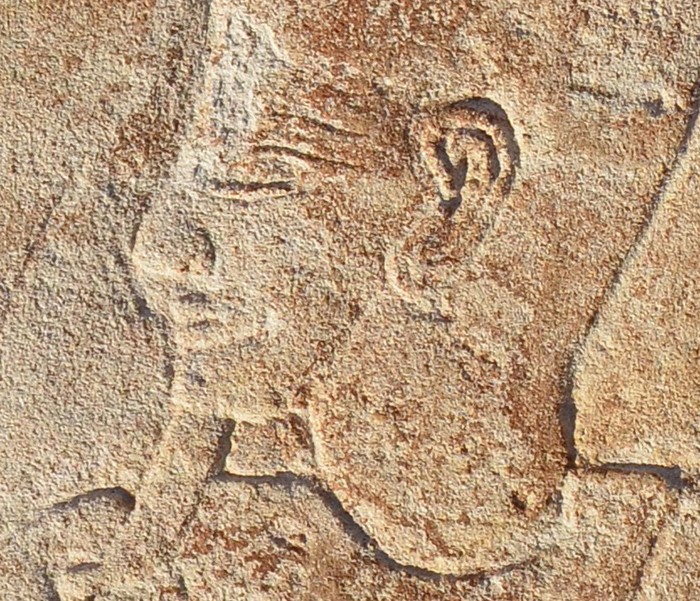
A close-up of Amun's face on the Egyptian carving. The face had been hacked out on order of Akhenaten and was restored after his death. The restoration may have taken place during the rule of the boy king Tutankhamun (reign 1336-1327 B.C.) who is famous for his rich tomb. [Read full story]
Amun hieroglyph
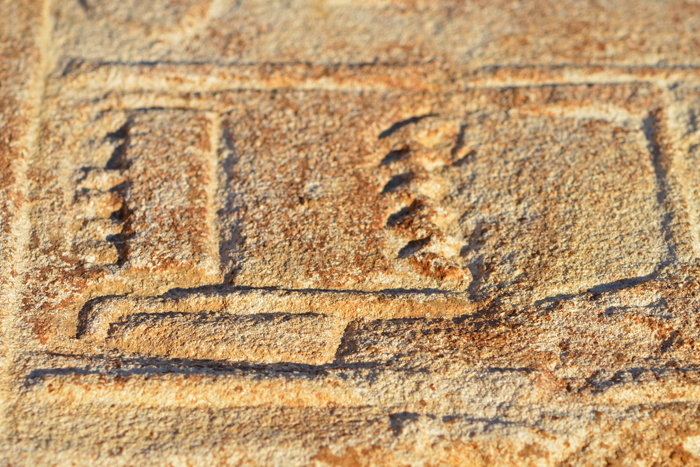
A close-up of the Amun hieroglyph on the Egyptian carving. It had been hacked out by Akhenaten and was restored after the pharaoh's death.
Egyptian tomb
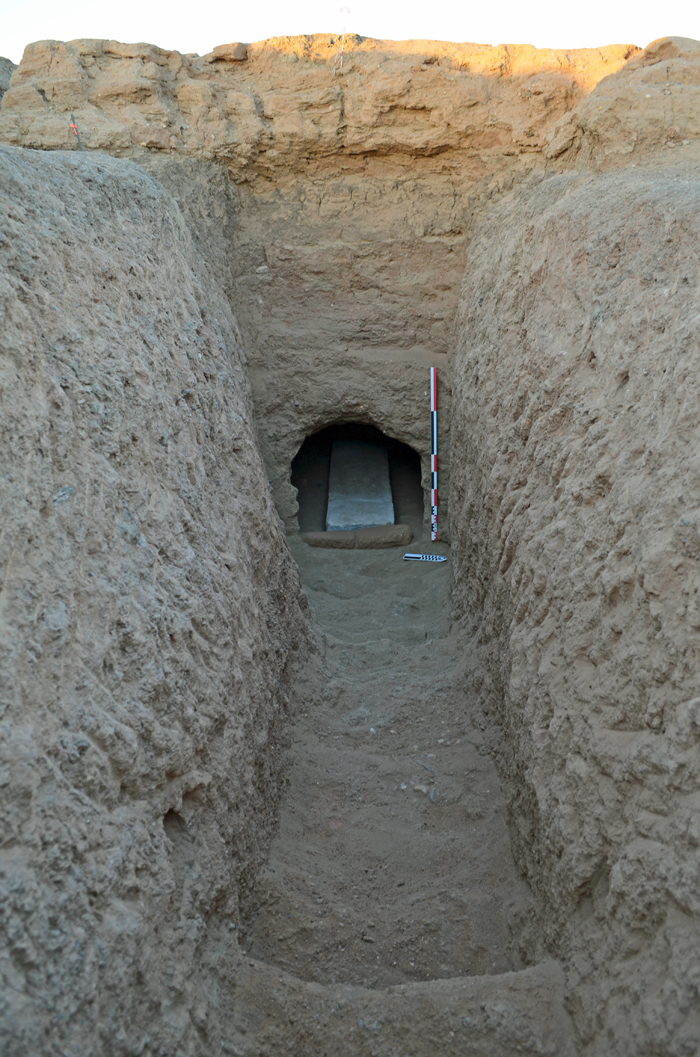
The carving was found in a tomb (pictured here) at the site of Sedeinga in Sudan. The carving was originally created for Queen Tiye's temple. However several centuries after Tiye's death, after her temple had fallen into ruin, the carving was re-used in this tomb as a bench on which to hold a coffin. [Read full story]
Temple of Queen Tiye
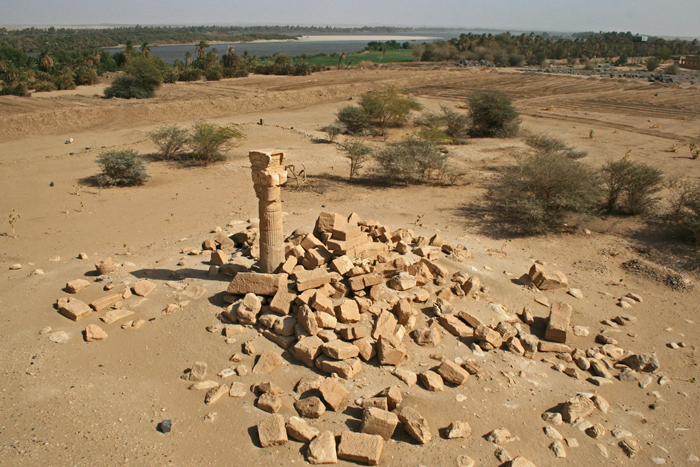
The carving originally adorned a wall of a temple at Sedeinga dedicated to Queen Tiye (who died around 1340 B.C). She was the mother of Akhenaten. Today a single column and numerous blocks are all that remain of her temple (seen in this aerial photo). Her temple has not been excavated. [Read full story]
Queen Tiye's temple
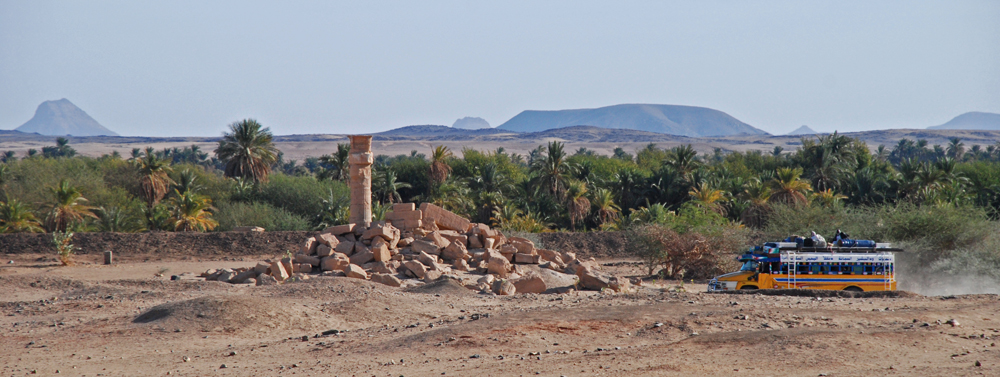
Another image of Queen Tiye's temple at Sedeigna. Tiye was the wife of pharaoh Amenhotep III, and their son, Akhenaten, would become a pharaoh of Egypt and lead a religious revolution.
Sign up for the Live Science daily newsletter now
Get the world’s most fascinating discoveries delivered straight to your inbox.
Sedeigna
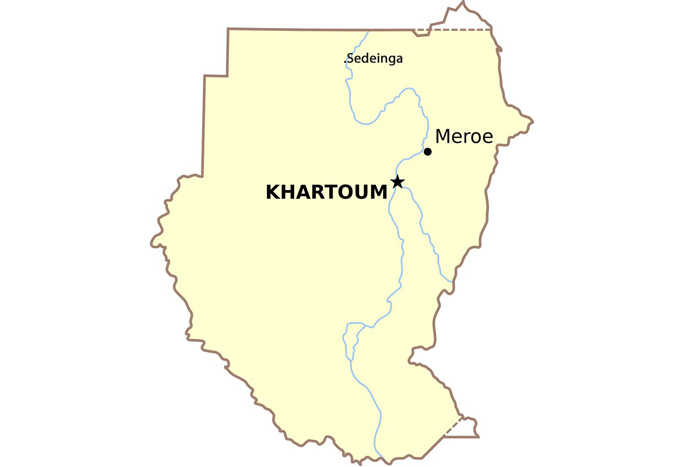
The site of Sedeigna is located in modern-day Sudan. In ancient times it was part of the land of Nubia, an area that was under Egyptian control during much of Egypt's New Kingdom period (1550-1070 B.C.)
Amun destruction
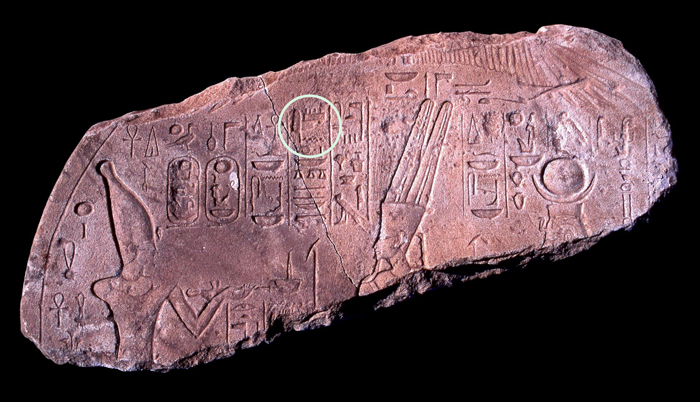
In addition to the newly discovered carving, this stela at Sedeigna also bears evidence of the iconoclasm Akhenaten unleashed. The hieroglyph of Amun, circled here, was also destroyed and then carved again.

Owen Jarus is a regular contributor to Live Science who writes about archaeology and humans' past. He has also written for The Independent (UK), The Canadian Press (CP) and The Associated Press (AP), among others. Owen has a bachelor of arts degree from the University of Toronto and a journalism degree from Ryerson University.










